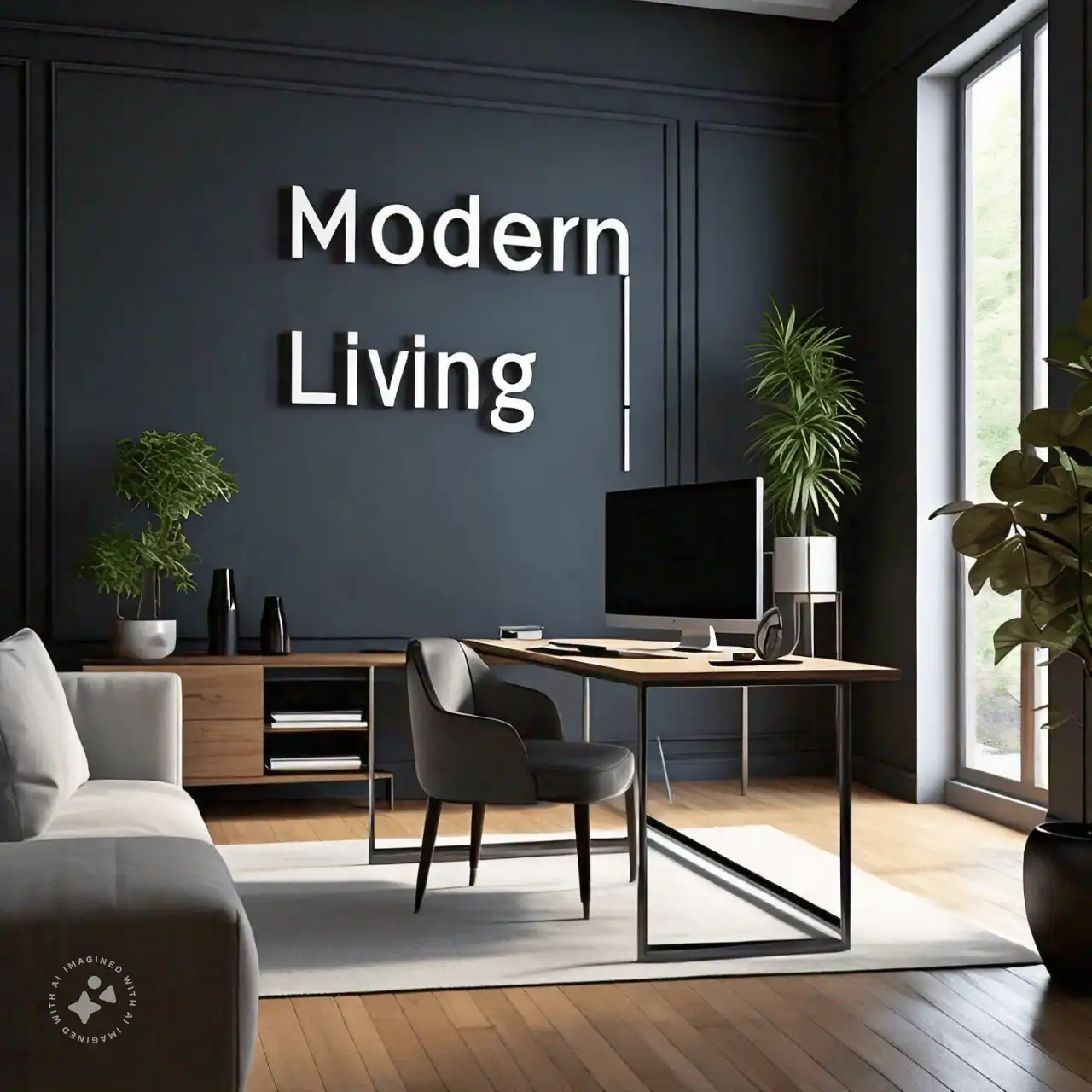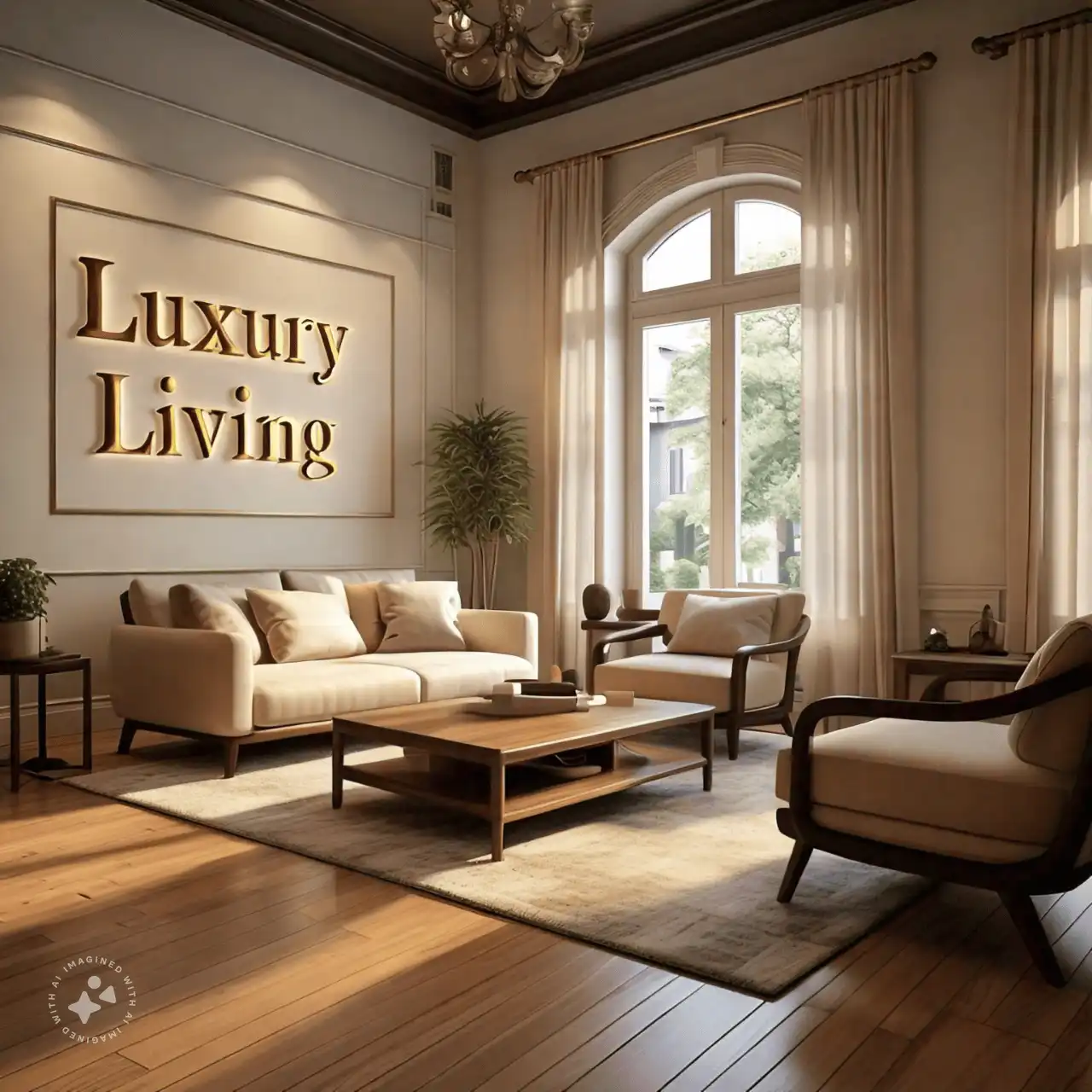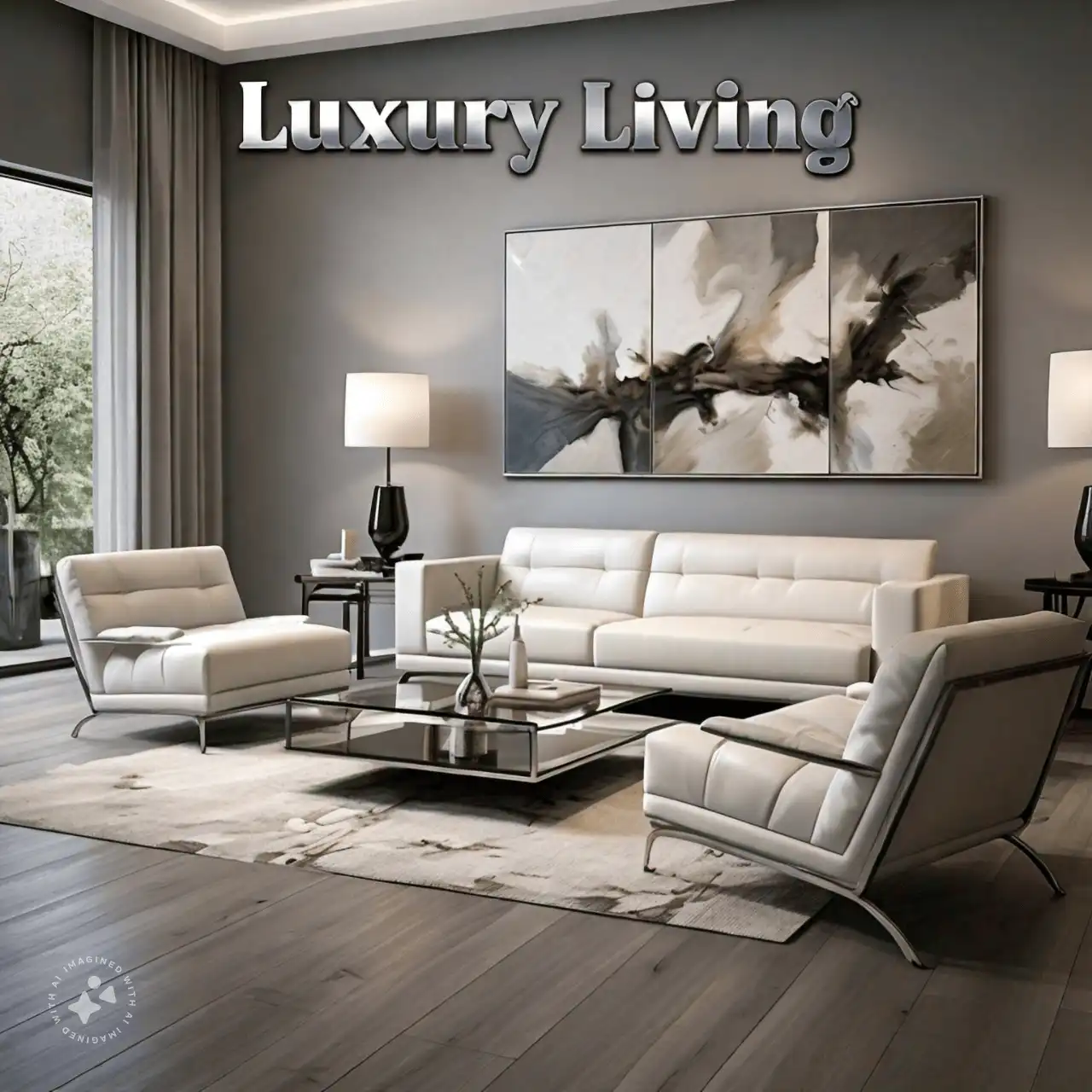In the world of real estate, first impressions are everything. Buyers often make decisions within seconds of viewing a property, and the way a home is presented can make or break a sale. Traditional home staging—filling a property with furniture and decor to make it more appealing—has been a popular strategy for years. But now, with advancing technology and changing buyer behaviors, virtual home staging is taking the spotlight. It’s fast, cost-effective, and highly flexible, making it a game-changer in real estate marketing.
Let’s dive into what virtual home staging is, how it works, and why it’s becoming the future of real estate marketing.
What is Virtual Home Staging?
Virtual home staging is a digital process where empty or outdated rooms are transformed using computer-generated furniture, decor, and other design elements. Instead of physically bringing in furniture, designers use software to create realistic images of a beautifully staged home. These images can then be shared in online listings, social media, and marketing materials.
It’s more than just adding furniture—it’s about bringing a vision to life. Virtual staging shows buyers how the space could look and feel, helping them imagine themselves living there.
How Does Virtual Home Staging Work?
The process of virtual staging is simple and efficient:
- Photograph the Property: High-quality photos of the empty or cluttered rooms are taken. These photos are the base for the virtual staging process.
- Design the Space: Professional designers use software to add furniture, decor, and accessories to the photos. They can match specific styles, such as modern, cozy, or luxurious, based on the target market.
- Final Touches: The finished images are refined to look as realistic as possible, with correct lighting, shadows, and proportions.
- Use in Marketing: The staged images are added to online listings, virtual tours, and other promotional materials to attract buyers.
Virtual staging is versatile and allows for easy customization. For example, you can create different designs for the same room to appeal to different buyer preferences. Check out the virtual staging tools people use here.

Why is Virtual Home Staging the Future of Real Estate?
Virtual home staging offers several advantages over traditional staging, making it a smart choice for real estate professionals. Here’s why it’s becoming the go-to method:
1. Cost-Effective
Traditional staging can be expensive. Renting furniture, hiring movers, and paying for professional staging services can cost thousands of dollars. Virtual staging, on the other hand, is significantly cheaper. It eliminates the need for physical furniture and labor, making it a budget-friendly option for real estate agents and homeowners.
2. Time-Saving
Setting up traditional staging takes time—often days or even weeks. Virtual staging can be done in a matter of hours or days, depending on the complexity. This quick turnaround allows agents to get properties listed faster, reducing the time a property sits on the market.
3. Highly Customizable
Virtual staging gives you endless design options. You can customize the style to match the property’s design, location, and ideal buyers. Virtual staging can set the perfect tone, whether it’s a modern city condo or a warm family home.
4. Appeals to Digital Buyers
In today’s market, most buyers start their search online. High-quality photos and appealing visuals are essential to grabbing their attention. Virtual staging creates eye-catching images that make listings stand out, encouraging more views and showings.
5. No Logistics Hassle
With traditional staging, you have to worry about moving furniture, coordinating with staging companies, and dealing with potential damage. Virtual staging eliminates all these logistical challenges. It’s entirely digital, making it stress-free.
6. Perfect for Vacant Homes
Empty homes can feel cold and uninviting. Virtual staging transforms these spaces into warm, inviting environments, helping buyers see their potential. It’s especially useful for properties that are vacant or under construction. Check out the budget-friendly ideas for home staging here.
Challenges of Virtual Home Staging
While virtual staging has many benefits, it’s not without its challenges:
- Transparency: Buyers might feel misled if the virtual staging looks very different from the actual property. To avoid this, it’s important to clearly label images as “virtually staged.”
- Quality Matters: Poorly done virtual staging can look fake or unrealistic, which can harm a listing’s credibility. It’s essential to work with skilled designers who can create high-quality images.
- Limited to Digital Platforms: Virtual staging works best for online listings and digital marketing. For in-person showings, the property will still need to make an impression as an empty space.

Tips for Effective Virtual Home Staging
To make the most of virtual staging, follow these tips:
- Work with Professionals: Choose experienced virtual staging companies or designers who can deliver realistic and high-quality images.
- Focus on Key Rooms: Prioritize staging the rooms that matter most to buyers, such as the living room, kitchen, and master bedroom.
- Keep It Realistic: Avoid over-staging or adding elements that aren’t possible in the space. Buyers should feel the staged images reflect the property’s true potential.
- Highlight Versatility: Show different layout options to help buyers see how the space can meet their needs.
- Use Multiple Platforms: Share the staged images across online listings, social media, and email campaigns to reach more buyers.
The Impact of Virtual Home Staging on Real Estate
Virtual home staging is changing the way real estate is marketed. It helps properties sell faster, often at higher prices, by making them more attractive to potential buyers. In a competitive market, it’s a powerful tool for standing out.
Buyers love seeing homes that feel move-in ready, and virtual staging provides that vision without the hassle of traditional staging. It’s also a great option for sellers who don’t have the time or budget for physical staging.

Conclusion
Virtual home staging is revolutionizing real estate marketing. It’s affordable, efficient, and highly effective in showcasing a property’s potential. By embracing this modern approach, real estate professionals can attract more buyers and close deals faster.
In a world where first impressions matter, virtual staging helps properties shine online and in buyers’ imaginations. If you’re looking to stay ahead in the real estate game, virtual home staging might just be the future you’ve been waiting for! Contact us today to get the consultation of staging a home Today!
